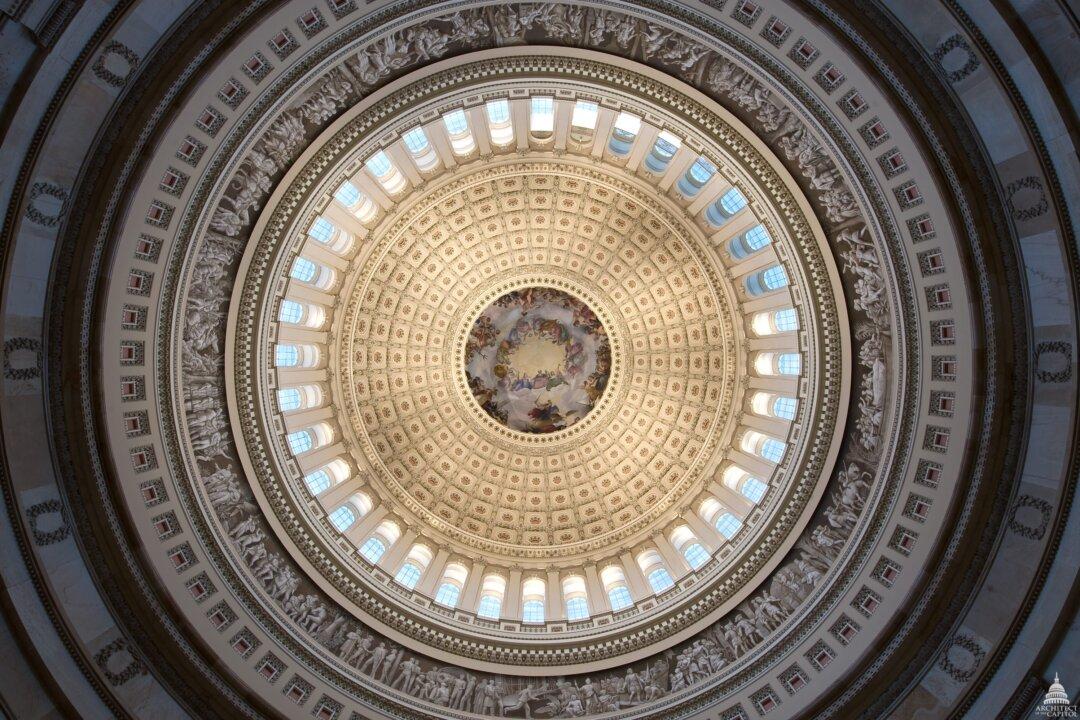Their artworks are icons of Italy and their names are among the most well-known in the art world: Donatello, Brunelleschi, Botticelli, Michelangelo. Eager viewers stop and snap photos of the instantly-recognizable paintings, sculptures, and buildings. Displayed in museums around the world, the immortal paintings invite a popular following. What remains obscured in the history books, however, is how many of these renowned objects and buildings came to be. The subject of patronage is one that is overlooked and misunderstood, and yet, without the patronage of families such as the Medici, the Renaissance as we know it today may not have happened. An overlooked, yet enjoyable, Italian series on Netflix dramatizes the rise of the Medici family in the fifteenth century, and viewers will glimpse prized commissions in several episodes: indeed, the architect Brunelleschi and the painter Botticelli are among the supporting characters.
The show hints at the concept of patronage without a more specific explanation. In simple terms, a patron is a person, family, or organization that financially supports artists. While some patrons commission a single artwork, others provide housing and stipends in exchange for the artist’s ongoing services. Until the Italian Renaissance, monarchs, nobles, and high-ranking clergy of the Catholic church (including the pope) were among the notable few with the financial means of patronizing the arts. Furthermore, the artwork that kings and cardinals commissioned served their own political aims and reinforced existing social hierarchies.





